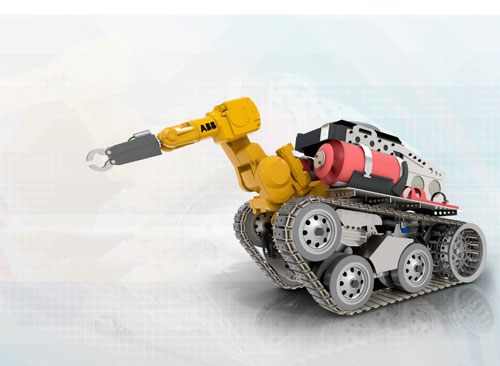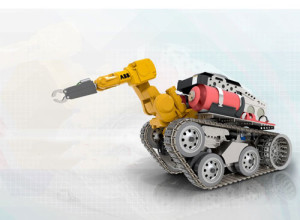 After a couple of years of lull, India’s Information Technology companies are back to hiring. For instance, TCS is planning to hire 25,000 people from the campuses in 2014-15, and hire 35,000 people by 2015-16. Infosys said that it would hire between 15,000-16,000 freshers for the current financial year. from established IT companies, there are more startup companies that are making a beeline for the placement season.
After a couple of years of lull, India’s Information Technology companies are back to hiring. For instance, TCS is planning to hire 25,000 people from the campuses in 2014-15, and hire 35,000 people by 2015-16. Infosys said that it would hire between 15,000-16,000 freshers for the current financial year. from established IT companies, there are more startup companies that are making a beeline for the placement season.
However, the employers are looking also for soft skills in freshers. Mr Ajay Mukherjee, Vice President and Global President and Global Head – Human Resources, TCS is quoted saying that from an improvement point of view, “we have been telling institutes that communications and soft skills are something that can be looked at…which will make people a bit more ready.”
Only few engineering colleges have taken proactive steps to impart soft skills training for students right from the first year. The concept of soft skills is not new and in the past these skills have been known by many other names, often prefixed by life, success, survival, people, communication and interpersonal, team and negotiation skills and the like.
According to Francis Petes, author of Soft Skills and Professional Communication, the key components of soft skills are:
Self Image: You need to have an accurate picture of yourself that is you should understand what your strengths and weaknesses are.
Interpersonal Skills: Self control, empathy and motivating those who operate from a different competitive framework .
Branding Skills :You should promote yourself but also know the subtle difference between branding and bragging.
Networking skills: The essence of networking involves meeting people and socializing with charm and wit, building and nurturing relationships.
Assertiveness: The art of dealing with difficult people without upsetting them.
Conflict Management: Resolving disputes amicably by going to the root of the problem and working out a solution.
Communication Skills: It is the most important part of soft skills. In business it is very important to be able to communicate effectively, both verbally and in writing.
Stress management: Stress happens to be a part and parcel of our professional life. However, proper training in stress management can help you create a balanced and effective lifestyle. It includes among others self awareness.
Since placement record is a key performance metric for engineering colleges, it is worth investing their time and effort in providing soft skills training to their students. But students can take the responsibility on their own and hone their soft skills with the help of professional trainers and training institutions, if they are serious about getting hired.








